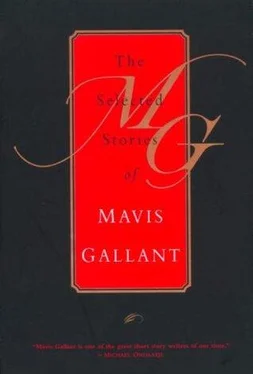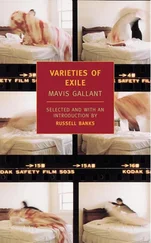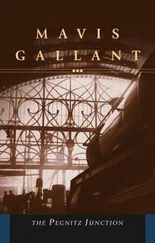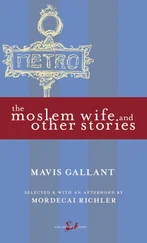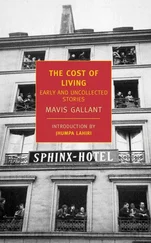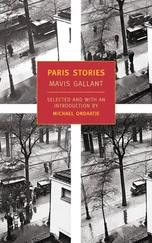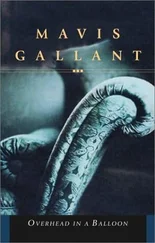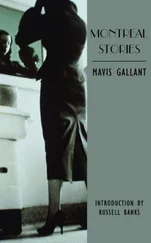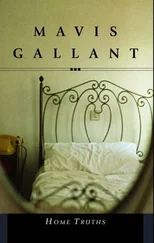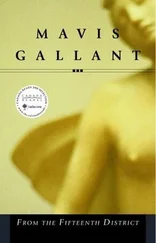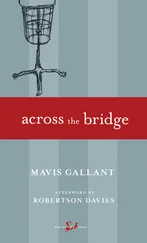Well, it is true. At the entrance to the doomed and decaying little colony there is a poster, damaged by weather and vandals, on which one can still see a depiction of the structure that will cover the ruin, once it has finally been brought down: a handsome biscuit-colored multipurpose urban complex comprising a library, a crèche, a couple of municipal offices, a screening room for projecting films about Bedouins or whales, a lounge where elderly people may spend the whole day playing board games, a theater for amateur and professional performances, and four low-rent work units for painters, sculptors, poets, musicians, and photographers. (A waiting list of two thousand names was closed some years ago.) It seems to Theo that Julita was still around at the time when the poster was put up. The project keeps running into snags — aesthetic, political, mainly economic. One day the poster will have been his view of the future for more than a third of his life.
Mathilde backed out of the cul-de-sac, taking care (he does not like being driven), and she said, “Theo, we are near all these hospitals. If you think you should have an X ray at once, we can go to an emergency service. I can’t decide, because I really don’t know how you got hurt.”
“Not now.” He wanted today to wind down. Mathilde, in her mind, seemed to have gone beyond dropping him at his hotel. He had agreed to something on Rue Delambre, behind the Coupole and the Dôme. She was on the far side of Paris, with Alain. As she drove on, she asked Theo if he could suggest suitable French for a few English expressions: “divided attention” and “hard-driven” and “matchless perfection,” the latter in one word.
“I hope no one steals my Alpine beret,” he said. “I left it hanging on the cat.”
Those were the last words they exchanged today. It is how they said good-bye.

W ho can remember now a picture called The Doctor? From 1891, when the original was painted, to the middle of the Depression, when it finally went out of style, reproductions of this work flowed into every crevice and corner of North America and the British Empire, swamping continents. Not even The Angelus supplied as rich a mixture of art and lesson. The two people in The Angelus are there to tell us clearly that the meek inherit nothing but seem not to mind; in The Doctor a cast of four enacts a more complex statement of Christian submission or Christian pessimism, depending on the beholder: God’s Will is manifest in a dying child, Helpless Materialism in a baffled physician, and Afflicted Humanity in the stricken parents. The parable is set in a spotless cottage; the child’s bed, composed of three chairs, is out of a doll’s house. In much of the world — the world as it was, so much smaller than now — two full generations were raised with the monochrome promise that existence is insoluble, tragedy static, poverty endearing, and heavenly justice a total mystery.
It must have come as a shock to overseas visitors when they discovered The Doctor incarnated as an oil painting in the Tate Gallery in London, in the company of other Victorian miseries entitled Hopeless Dawn and The Last Day in the Old Home. The Doctor had not been divinely inspired and distributed to chasten us after all, but was the work of someone called Sir Luke Fildes — nineteenth-century rationalist and atheist, for all anyone knew. Perhaps it was simply a scene from a three-decker novel, even a joke. In museum surroundings — classified, ticketed— The Doctor conveyed a new instruction: Death is sentimental, art is pretense.
Some people had always hated The Doctor . My father, for one. He said, “You surely don’t want that thing in your room.”
The argument (it became one) took place in Montreal, in a house that died long ago without leaving even a ghost. He was in his twenties, to match the century. I had been around about the length of your average major war. I had my way but do not remember how; neither tears nor temper ever worked. What probably won out was his wish to be agreeable to Dr. Chauchard, the pediatrician who had given me the engraving. My father seemed to like Chauchard, as he did most people — just well enough — while my mother, who carried an uncritical allegiance from person to person, belief to belief, had recently declared Chauchard to be mentally, morally, and spiritually without fault.
Dr. Chauchard must have been in his thirties then, but he seemed to me timeless, like God the Father. When he took the engraving down from the wall of his office, I understood him to be offering me a portrait of himself. My mother at first refused it, thinking I had asked; he assured her I had not, that he had merely been struck by my expression when I looked at the ailing child. “C’est une sensible,” he said — an appraisal my mother dismissed by saying I was as tough as a boot, which I truly believe to have been her opinion.
What I was sensitive to is nearly too plain to be signaled: The dying child, a girl, is the heart of the composition. The parents are in the shadow, where they belong. Their function is to be sorry. The doctor has only one patient; light from a tipped lampshade falls on her and her alone.
The street where Dr. Chauchard lived began to decline around the same time as the popularity of The Doctor and is now a slum. No citizens’ committee can restore the natural elegance of those gray stone houses, the swept steps, the glittering windows, because, short of a miracle, it cannot resurrect the kind of upper-bourgeois French Canadians who used to live there. They have not migrated or moved westward in the city — they have ceased to exist. The handful of dust they sprang from, with its powerful components of religion and history, is part of another clay. They were families who did not resent what were inaccurately called “The English” in Montreal; they had never acknowledged them. The men read a newspaper sometimes, the women never. The women had a dark version of faith for private drama, a family tree to memorize for intellectual exercise, intense family affection for the needs of the heart. Their houses, like Dr. Chauchard’s, smelled of cleanness as if cleanness were a commodity, a brand of floor wax. Convents used to have that smell; the girls raised in them brought to married life an ideal of housekeeping that was a memory of the polished convent corridor, with strict squares of sunlight falling where and as they should. Two sons and five daughters was the average for children; Simone, Pauline, Jeanne, Yvonne, and Louise the feminine names of the decade. The girls when young wore religious medals like golden flower petals on thin chains, had positive torrents of curls down to their shoulder blades, and came to children’s parties dressed in rose velvet and white stockings, too shy to speak. Chauchard, a bachelor, came out of this world, which I can describe best only through its girls and women.
His front door, painted the gloomy shade my father called Montreal green, is seen from below, at an angle — a bell too high for me during the first visits, a letter box through which I called, “Open the door; c’est moi,” believing still that “moi” would take me anywhere. But no one could hear in any language, because two vestibules, one behind the other, stood in the way. In the first one overshoes dripped on a mat, then came a warmer place for coats. Each vestibule had its door, varnished to imitate the rings of a tree trunk, enhanced by a nature scene made of frosted glass; you unbuckled galoshes under herons and palm trees and shed layers of damp wool under swans floating in a landscape closer to home.
Читать дальше
